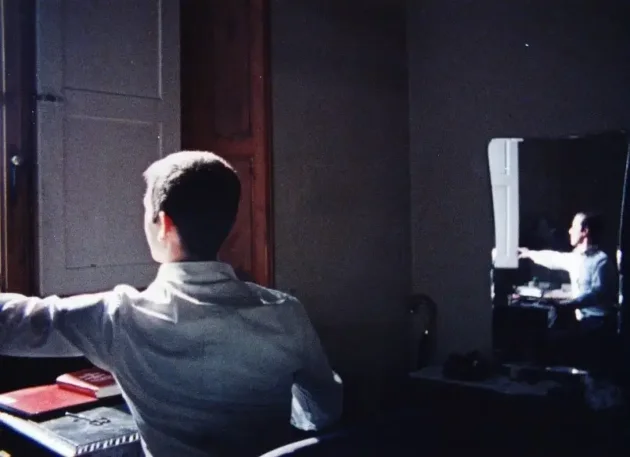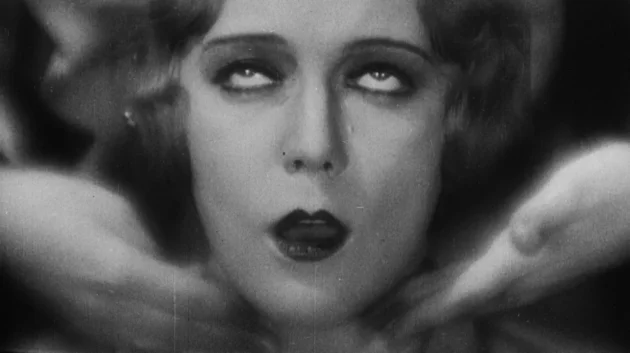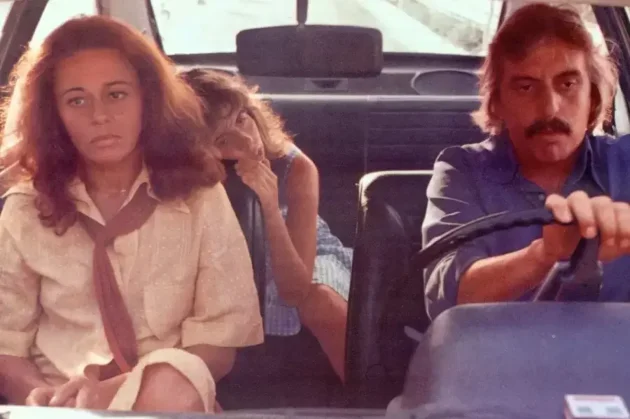For My Crushed Right Eye
(Japan, 1968, Toshio Matsumoto, 55 minutes)
Shattered Visions, Radical Truths: How Matsumoto's 'For My Crushed Right Eye' Blew Up Reality!
In the politically charged and culturally revolutionary landscape of late 1960s Japan, Toshio Matsumoto emerged as a truly radical filmmaker, pushing the boundaries of documentary, fiction, and experimental cinema with an audacious, often confrontational style. This era saw artists grappling with the aftermath of post-war reconstruction, the growing consumer culture, and the rise of student protests, leading to a vibrant counter-cultural movement. Matsumoto, already a celebrated figure in avant-garde and experimental film, was at the forefront of this explosion of creativity. For My Crushed Right Eye (Tsuburekakatta Migime no Tameni / つぶれかかった右眼のために) (1968), is a dizzying, visceral plunge into the heart of this tumultuous period, a non-linear, fragmented mosaic that encapsulates the era's anxieties, its rebellious spirit, and its relentless questioning of truth and perception. It stands as a monumental work of experimental cinema, demonstrating Matsumoto's genius for shattering conventional narrative and forcing audiences to confront uncomfortable realities, cementing its place as an enduring, challenging cult classic.
This audacious film is a kaleidoscopic, non-narrative odyssey through the seedy underbelly of Tokyo's Shinjuku district, specifically focusing on gay bars, queer identity, and the vibrant underground scene. Matsumoto employs an astonishing array of experimental techniques, including multiple exposures, split screens, rapid-fire editing, a disorienting blend of documentary footage with staged performances, and abstract imagery. The film eschews traditional plot or character development, instead creating a multi-layered, immersive experience that bombards the senses and challenges the viewer's understanding of reality. It's a raw, unflinching exploration of marginalized lives, sexual freedom, and societal repression, all presented with an urgent, almost frenetic energy that perfectly reflects the period's cultural upheaval. Toshio Matsumoto's unflinching gaze and his innovative visual language created a work of profound social commentary and groundbreaking artistic expression, one that boldly confronted taboos and offered a rare, unfiltered glimpse into a hidden world. Stanley Kubrick, known for his meticulous and often challenging works, reportedly admired Matsumoto's daring and innovative approach to filmmaking, particularly his ability to manipulate perceptions and push the boundaries of cinematic form.
Director: Toshio Matsumoto.
Cast: Peter (Osamu Ogasawara, often known simply as "Peter," a famous Japanese gay icon and entertainer). The film also features various uncredited individuals from the Shinjuku gay scene.
Special Info/Trivia: For My Crushed Right Eye is a seminal work of Japanese experimental cinema and a crucial film in the exploration of queer identity and subculture in film. It extensively uses avant-garde techniques such as split screens, multiple exposures, and a blend of documentary and fiction. The film features the famous Japanese gay icon and entertainer Peter. It was made during a period of intense social and political upheaval in Japan. The title itself is abstract and thought-provoking, inviting multiple interpretations.



